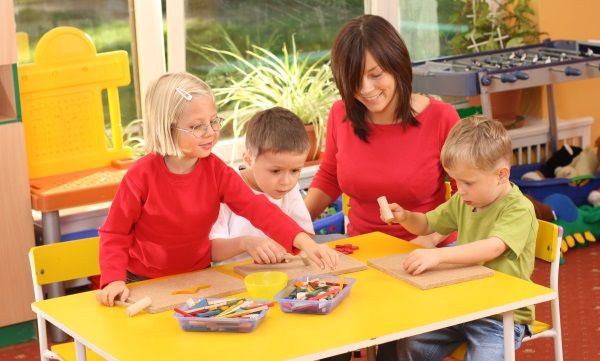Introduction
Traditionally, education has often been viewed as a process where teachers impart knowledge to students through a structured curriculum. However, child-initiated learning is an alternative approach that prioritizes the natural curiosity and autonomy of young children in their learning journey. This article will explore the concept of child-initiated learning, its benefits, and how it can be successfully integrated into early education programs.
What is Child-Initiated Learning?
Child-initiated learning is an educational approach where children are encouraged to explore their interests and curiosities with minimal guidance from adults or teachers. Also known as self-directed or self-guided learning, this approach allows children to gain essential skills and knowledge through play, exploration, and interaction with their environment.
In child-initiated learning environments, educators function primarily as facilitators, observing children’s activities and providing them with the resources needed to pursue their interests. Teachers may also create open-ended activities that allow children the freedom to choose what they want to learn about.
Benefits of Child-Initiated Learning
1.Encourages Creativity and Independence: Child-initiated learning fosters creativity by allowing children to design their own experiences and choose from various options. This independence boosts confidence in decision-making abilities and develops problem-solving skills.
2.Cultivates Motivation and Engagement: When children actively participate in their learning, they display increased motivation and engagement levels. This can lead to better retention of information and improved academic performance over time.
3.Builds Social Skills: Children in child-initiated learning environments often collaborate with peers when exploring interests together. This fosters social skills such as communication, empathy, negotiation, cooperation, turn-taking, and problem solving.
4.Enhances Emotional Development: Allowing children autonomy in their educational experiences validates their emotions and ideas. This promotes emotional stability while teaching them effective ways of expressing emotions.
5.Adaptable and Customized Learning: Child-initiated learning allows educators to tune into each child’s unique needs, interests, and abilities, creating individualized learning experiences that cater to diverse learning styles.
Integrating Child-Initiated Learning in Early Education Programs
1.Flexible Experiences in Play: Combine child-initiated learning with teacher-directed activities through intentional planning that incorporates flexibility. Providing open-ended materials or opportunities for free exploration can encourage children’s creativity.
2.Observation and Facilitation: Teachers should frequently observe children’s interactions, preferences, and areas of interest in order to better support their growth and development. They can gently guide children towards new experiences based on their interests, but also understand when to step back and let the child take charge.
3.Collaboration with Families: Engaging families in the child-initiated learning process aids in understanding each child’s innate strengths and potential areas of growth. Encouraging family participation both at home and in the classroom can be mutually beneficial for the child and educational program.
4.Regular Assessment of Progress: Continuous assessment of children’s progress allows educators to make necessary adjustments to their teaching approach while also providing meaningful feedback for children and their families.
Conclusion
Child-initiated learning is a promising approach to early education that harnesses the natural curiosity of young learners. By supporting creativity, motivation, social skills, emotional development, and adaptable learning experiences, this self-guided model may empower children to become lifelong learners who thrive academically and personally. Integrating child-initiated learning into early education programs requires a combination of keen observation, open communication with families, and innovative strategies for balancing autonomy with guidance.





